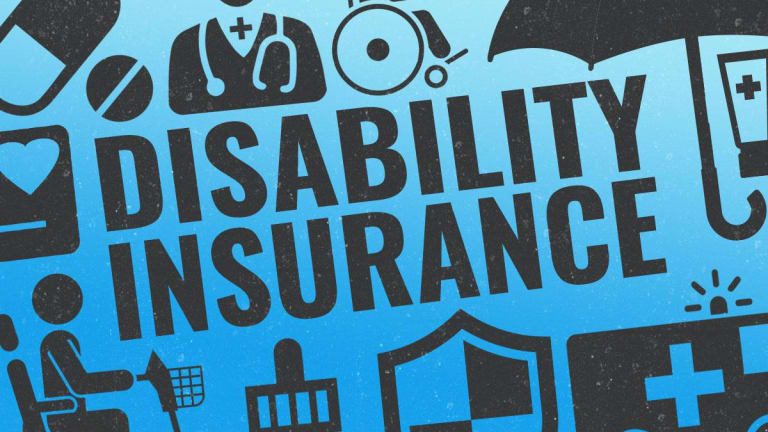Many people think that their biggest financial resource is their house, but that is absolutely not the case. A person’s ability to earn an income is his or her biggest financial resource. After all, how can you buy a house and pay those real estate taxes without an income? March is National Disability Awareness month, so what better time to do a review of what disability income insurance is and what types of programs are out there.
What Is Disability Income Insurance?
If you can’t work to generate earned income due to a sickness or injury, disability income insurance can replace part or all of the income you were earning before becoming disabled. While there are many complexities and conditions of these programs, the point is that these programs exist to ensure that income keeps coming in so bills can continue to be paid.
Some programs are provided by government entities, some are provided by employers for their employees, and some are purchased directly by individuals.
The basic structure for how disability income insurance programs work is fairly simple at its core:
1. Premiums are paid into an insurance company or trust fund (by companies or individuals).
2. Those premiums are invested conservatively to earn some interest.
3. When claims are submitted (on behalf of individuals), those companies or trusts pay out income to the individual claimants.
What Types of Disability Insurance Programs Are Available?
Social Security Disability Insurance (SSDI)
The Social Security Administration has multiple funds that provide benefits to individuals and families, and one of them is the disability fund. Benefits are based on tax payments made into the system, and criteria for qualifying can be fairly strict. Regardless, anyone who has contributed enough to his or her account to qualify for benefits can submit a claim. Social Security Disability Insurance (SSDI) is not tied to being employed at any company, and it is not a privately purchased insurance policy. It is run by the government. You can check your benefits by looking at your most recent annual Social Security statement, or logging into your account at www.ssa.gov.
State Disability Insurance Programs
There are 5 states (and Puerto Rico) that offer or require a short-term state disability program. Those states are California, Hawaii, New York, New Jersey, and Rhode Island. These states require employers to participate by paying premiums into the programs for their employees. While the concept is similar between the various state’s programs, the details are not the same from state to state. These state programs pay benefits in a range from about 26 weeks to about 52 weeks, and the benefit amounts payable to claimants vary greatly.
Short-Term Disability Insurance
Short-term disability insurance policies usually begin paying benefits to claimants after only a few days, at most. These plans exist to provide partial pay replacement to an individual who can’t be at work for more than a few days because of a covered sickness or injury. Short-term disability insurance plans can be purchased either individually or as part of a group of people. They are commonly offered to employees as part of an employee benefits package at larger companies. Because short-term disability insurance is designed to cover a sickness or injury that isn’t supposed to last long, most plans will pay benefits for 6 – 12 months at most.
Long-Term Disability Insurance (LTD)
As the name implies, Long-term disability insurance policies are meant to cover situations that are expected to last a while – if not forever. Many policyholders will automatically qualify for benefits if they become permanently disabled. Most long-term disability insurance policies are purchased individually, but they also can be purchased as part of a group. Given their individual nature, long-term disability policies can be highly customizable. There is a wide variety of riders and benefits that can be included as part of an individual policy. Benefits generally don’t begin until a waiting period has been met, but that can be designed to be as little as a couple of months. Most long-term disability insurance policies will not pay benefits beyond a claimant’s age of 70, and benefits generally don’t cover more than about 66% of a policyholder’s income.
HighPoint Advisors, LLC, Will Help You Make Sense of Disability Insurance
No one knows if he or she will ever get sick or hurt, so it’s all but impossible to plan for such a thing. There are many ways to ensure that your largest financial resource (that’s right, it’s your ability to earn an income) is covered – either in part or completely. There is no one-size-fits-all solution, and in some cases, the right answer for an individual is a combination of more than one of these programs.
At HighPoint Advisors, LLC, our expert team strives to help our clients in Syracuse, Central New York, and all other markets we serve make the right decisions for them. We can explain the various programs, and help clients enroll in a given disability program or insurance policy.
There are many pros and cons of each type of disability insurance, so reach out to us today so we can discuss your situation.


